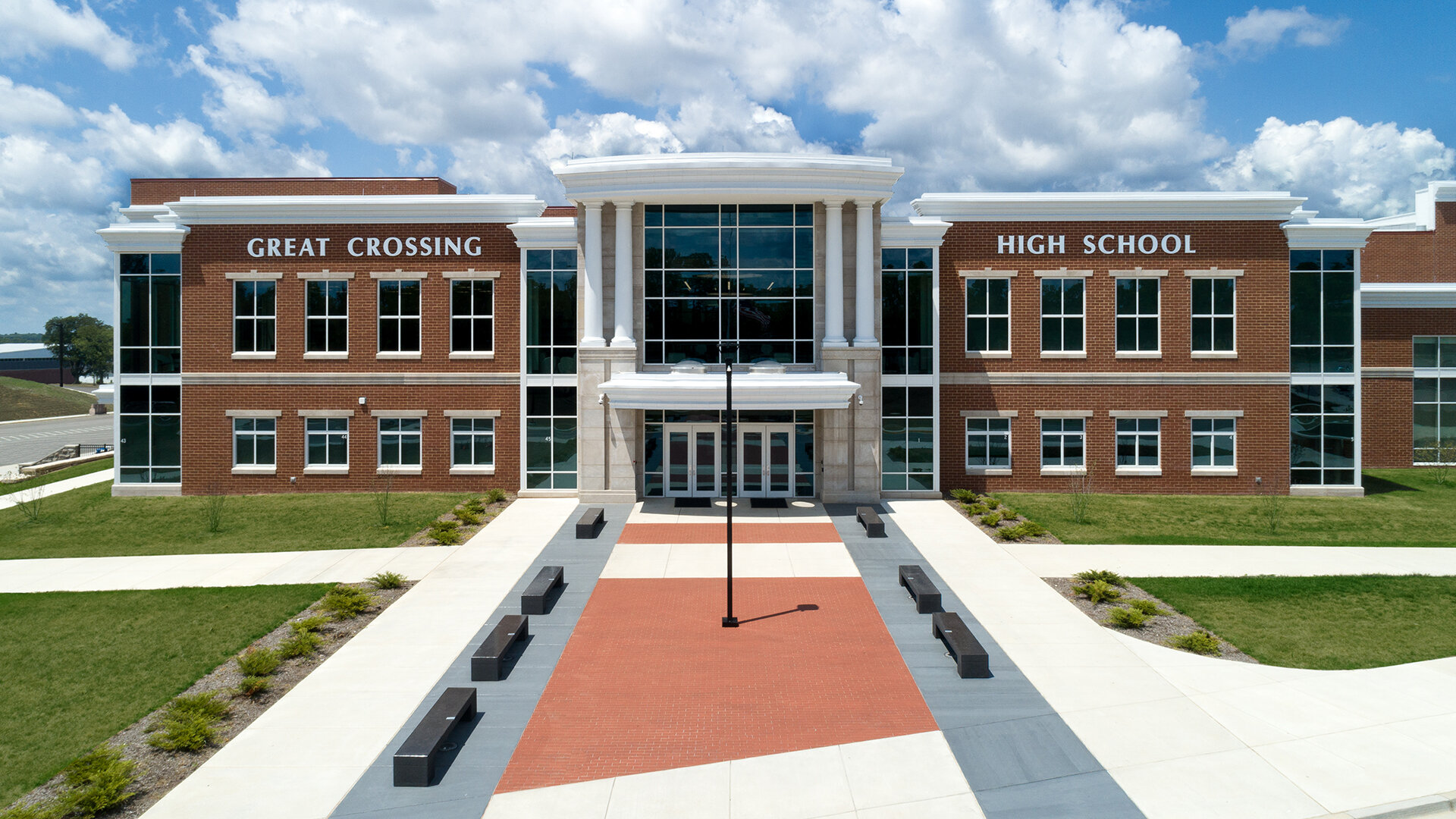Managing school facilities and equipment in America remains a significant challenge, especially in catering to the diverse needs of educators and students. In our rapidly changing educational environment, upholding both traditional and advanced facilities requires deep expertise and dedication to building and equipment maintenance practices. As a new school year begins, schools must prioritize implementing efficient strategies. Beyond the mere construction of buildings and assembly of equipment, the challenge extends to the creation of an environment that not only supports but enhances the educational journey.
According to NCES, if facilities and equipment are not properly maintained, challenges and problems may arise resulting in having a negative impact in building deterioration, extreme environmental conditions, high utility bills, damaged and broken equipments and as well as an uncomfortable learning environment. Below, we outline five best practices for schools to enhance and optimize their buildings, facilities, and equipment.
Enhance Performance and Efficiency of School Facilities
Enhancing school facility performance and efficiency directly enhances students’ learning environments, experiences, and safety. This encompasses a range of strategies:
- Optimizing energy consumption through technologies such as LED lighting and advanced HVAC systems.
- Extending the lifespan of buildings through regular maintenance.
- Automating key operations.
- Bolstering safety with robust security systems.
- Championing sustainability initiatives.
An illustrative data point from NPR states, “A 2020 study by the U.S. Government Accountability Office revealed that approximately 41% of districts need to update or replace HVAC systems in over half their schools.” Such a holistic approach not only cultivates an optimal learning environment but also encourages growth and promotes community engagement.
Optimizing Internal Facilities Management
Optimizing internal facilities management in school buildings requires bolstering the organization and efficiency of maintenance and operations. This entails the adoption of digital tools for precise maintenance scheduling, the automation of work orders, and effective inventory management. By consolidating communication and monitoring processes, schools can fine-tune resource distribution, minimize operational interruptions, and guarantee a safe environment for both students and staff.
Extend Asset Lifespan
Extending the asset lifespan of facilities and equipment in schools is crucial for optimizing resources and reducing costs. Implementing proactive maintenance schedules for upgrades, conducting regular inspections, and providing proper training for staff in equipment operation and care can significantly increase the longevity of assets. By fostering a culture of responsible usage and timely repairs, schools can maximize their investments, reduce the stress among facility management teams and ensure a conducive learning environment for years to come.
Decrease Equipment Maintenance Costs
Decreasing equipment maintenance costs requires the adoption of efficient strategies to curtail repair and upkeep expenses. This involves embracing preventive maintenance practices, conducting routine inspections, and deploying predictive maintenance technologies. By proactively addressing issues and refining maintenance schedules, schools can minimize downtime, prolong equipment longevity, and optimize resource allocation. Ultimately, this will save on repetitive maintenance expenditures.
Leverage the Use of Technology
Leveraging the use technology for facility and equipment maintenance in schools is pivotal for streamlined operations. Technology such as:
- Computerized Maintenance Management Systems (CMMS) centralize tasks, automate orders, and monitor equipment, improving communication, preempting major issues, and ensuring prompt repairs.
- The Internet of Things (IoT) facilitates real-time equipment monitoring and predictive maintenance through data analysis.
- Digital tools, including mobile apps for issue reporting and maintenance scheduling.
- Virtual (VR) and augmented reality (AR) for staff training, heighten efficiency and reduce errors.
Embracing these tech solutions ensures a well-maintained, safe learning environment, optimized resource use, and reduced maintenance costs.
HelixIntel: A Trusted Partner for School Facilities
The importance of maintaining school buildings and equipment to the highest standards is clear. It’s not just about the physical structures but about creating environments that elevate the educational experience. However, the road to achieving this vision can be complex. That’s where HelixIntel comes into play.
As a trusted partner in facility and equipment maintenance, HelixIntel offers innovative solutions tailored to the unique needs of educational institutions. By collaborating with schools, HelixIntel can streamline processes, introduce cutting-edge technologies, and ensure that maintenance practices are not only optimal but also sustainable. With a partner like HelixIntel by their side, schools can look forward to a future where their facilities truly support the aspirations of every student and educator.
